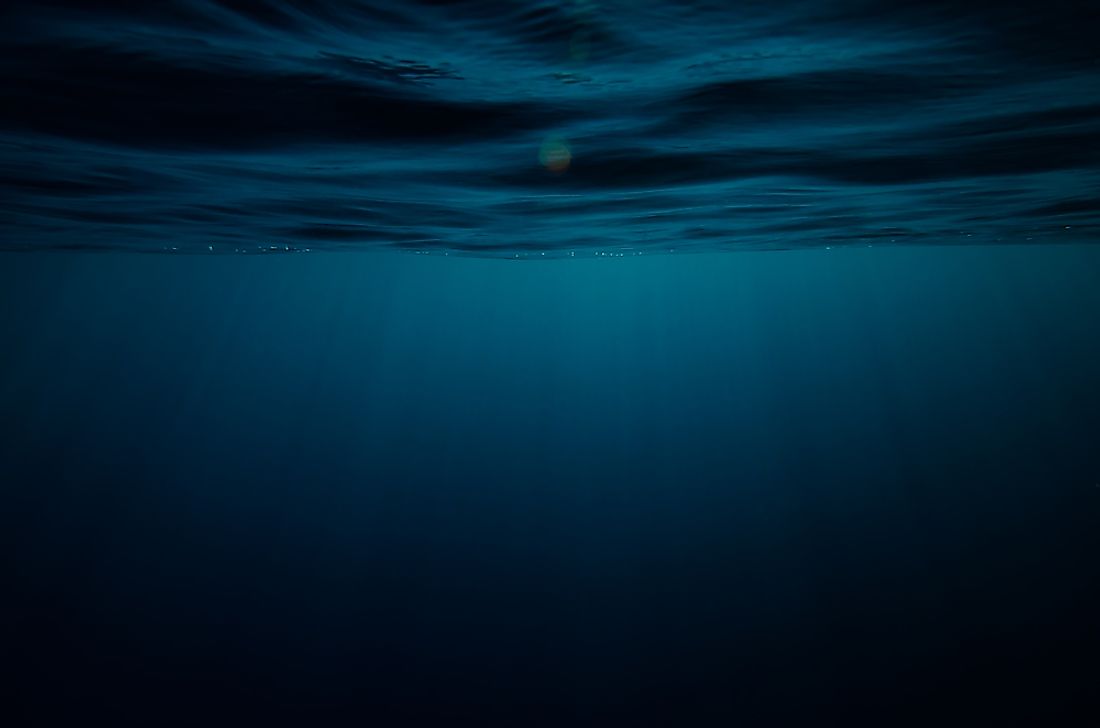What Is the Rariphotic Zone?

The oceanic zone is simply the area of the ocean where the depth of water in the ocean drops to below 656 feet towards the open ocean. Alternatively, the oceanic zone may also be defined as the zone of the ocean that lies beyond the continental shelf. Studies have shown that the zone accounts for at least 65% of the completely open water in the ocean. Within the zone, there are several features such as crevices that are sometimes deeper than the height of Mount Everest. Other features that may be found in the zone include things like volcanoes and ocean basins. In this zone, there are few species due to the unwelcome environment.
Sub Zones Of The Ocean
Until recently, there have been three main known and understood subdivisions of the oceanic zone. These zones are the bathypelagic, mesopelagic, and the epipelagic (sunlit zone) zones. The three are categorized based on the amount of light from the sun that each zone receives. As the alternate name suggests, the epipelagic zone gets plenty of sunlight for photosynthesis to occur. The temperatures here range between 104°F to 27°F. In terms of depth, it ranges from the surface of the ocean to depths of around 660 feet.
Also known as the disphotic zone, the mesopelagic zone, which lies beneath the epipelagic zone, receives a little sunlight compared to the epipelagic zone. Sometimes, this zone is also known as the Twilight Zone on account of the little sunlight that is similar to twilight. In this zone, the temperatures range anywhere between 41°F to 39°F. In addition, there is a high pressure which may get to 10,100,000 Pa. This zone begins where the epipelagic zone ends at 660 feet and ends at a depth of around 3,300 feet.
The remaining zone, the bathypelagic zone, has about 90% of the ocean. Also known as the aphotic zone, this zone receives no light at all. For this reason, it is also known as the midnight zone or the deep ocean. The lack of sunlight obviously means that photosynthesis is impossible. The only light source is from bioluminescence. Water pressure is even higher here with extremely cold temperatures ranging between 32°F to 43°F. This zone begins at a depth of 3,300 feet all the way to a massive 13,000 feet down.
The Rariphotic Zone
Recently, in 2018, the Oxford University discovered a new oceanic zone that is known as the rariphotic zone or the rare light zone. The zone extends from approximately 226 feet to 984 feet according to the Oxford researchers. As it stands, it is unclear how the new zone will affect the classification of the other major zones since they seem to overlap.
Over 100 species, including miniature crustaceans known as tanaids, of previously undiscovered organisms have been discovered residing in the new zone. Other species include new species of algae and black wire coral with heights of around six feet. An example of a newly discovered fish species is the Haptoclinus dropi which was named after the deep reef observation undertaking by the Smithsonian.











